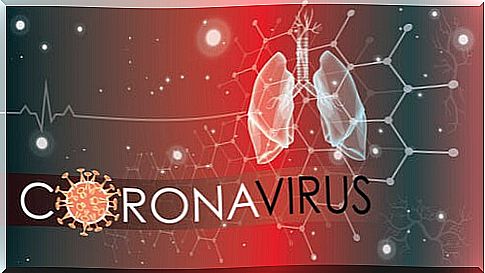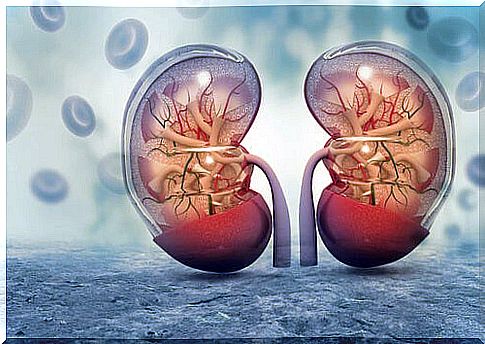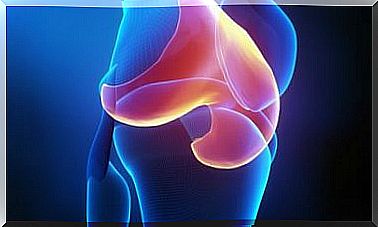Blood Clots From COVID-19
The appearance of blood clots due to COVID-19 is an alarm situation that began to be reported since the end of March. Various health centers and medical professionals published reports of patients with exaggerated clotting during their coronavirus infection.
This, as we will see, was associated with the increase in stroke cases in young people, registered in the United States. The situation led to a review of the detection and care protocols.
For this reason, certain cases of infected and hospitalized patients were treated with anticoagulants. Research published in the Journal of the American College of Cardiology , counting New York patients, brought hope in the face of the complication.
According to the authors of the survey, which was conducted with 2,733 patients, those who received anticoagulants had a longer survival than those who did not. There is evidence to think that COVID-19 blood clots are manageable if addressed early.
COVID-19 blood clots in lungs
The organ affected par excellence in the coronavirus is the lung tissue. This is the gateway for SARS-CoV-2, and the bulk of the symptoms are derived from alveolar infection.
Case series that reviewed the medical records of multiple patients have already been published and the presence of pulmonary embolism was significant. It is estimated that up to 20% of those infected suffer from it.
The problem with pulmonary embolism is that a hypoxic situation is added to that already generated by coronavirus pneumonia. Blood clots from COVID-19 make it difficult to distribute oxygen to tissues, accelerating complications.
Not all coronavirus patients develop exaggerated clotting. Also, not all pulmonary cases culminate in a pulmonary embolism. For this reason, the evaluation that the treating teams can carry out at the beginning of the clinical picture is important, in order to apply an efficient anticoagulation protocol.

Not only are there blood clots from COVID-19 in the lungs
Although lung tissue is the most affected by SARS-CoV-2, there is also tropism of the virus for the kidneys, for example. And clotting, although it may originate in the lung, is capable of traveling through the bloodstream to the heart and brain.
The situation of blood clots due to COVID-19 includes the concern about the transformation of the respiratory event into a systemic picture. That is, we go from a localized disease to one spread throughout the body.
Heart and brain
A letter published in The New England Journal of Medicine reported coronavirus patients who had coagulopathies. Antiphospholipid antibodies had been detected among them.
The presence of such antibodies is very dangerous. Clot formations can be unleashed almost anywhere if coagulopathy is present. The fact is related to the heart attacks registered in patients positive for COVID-19.
Similarly, the occurrence of strokes among young individuals, under 40, alerted US doctors. The only explanation they found was uncontrolled clotting that clogged cerebral arteries.
Kidneys
The tropism of SARS-CoV-2 for the kidneys was affirmed by almost all nephrologists. Just as it enters lung cells through the ACE2 receptor, it enters kidney cells due to the presence of the same protein.
This explains the existence of a high proportion of kidney failure among those infected with coronavirus. And indirectly, it also explains the greater susceptibility of hypertensive patients to COVID-19, since their kidneys stop regulating blood pressure figures correctly.
Blood clots from COVID-19 carry another treatment problem in kidney failure. Many of them need dialysis to survive, and the machine can clog.
Dialysis consists of the passage of the patient’s blood through an external membrane to filter it, supplanting the work that the renal system should do. When there is exaggerated coagulation, these membranes are repeatedly blocked and must be cleaned, delaying the process.

Blood clots from COVID-19, but of unknown cause
Blood clots from COVID-19 have been detected and are another complication of the disease, but it is not clear how they form. It can be said that they are a consequence of the coronavirus, however, the direct cause is unclear.
It could be a clotting spread by human antibodies. Or perhaps the virus itself has the ability to increase platelet aggregation in human blood. On the other hand, there is also the cytokine storm theory in severe cases.
In any case, the evidence accumulated in the publications is causing changes in the protocols of action of the health teams. Blood thinners are already being included as part of the treatment.








